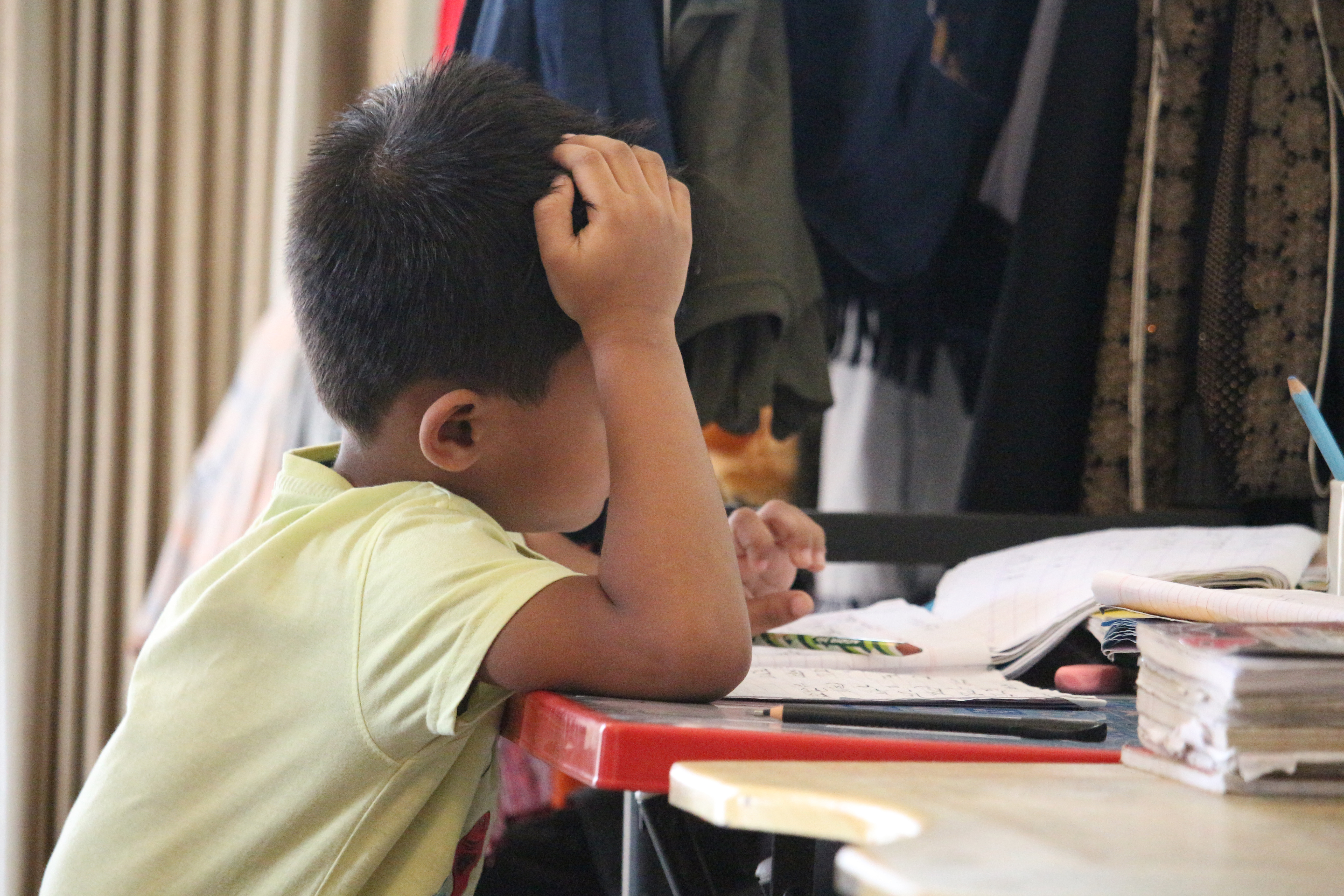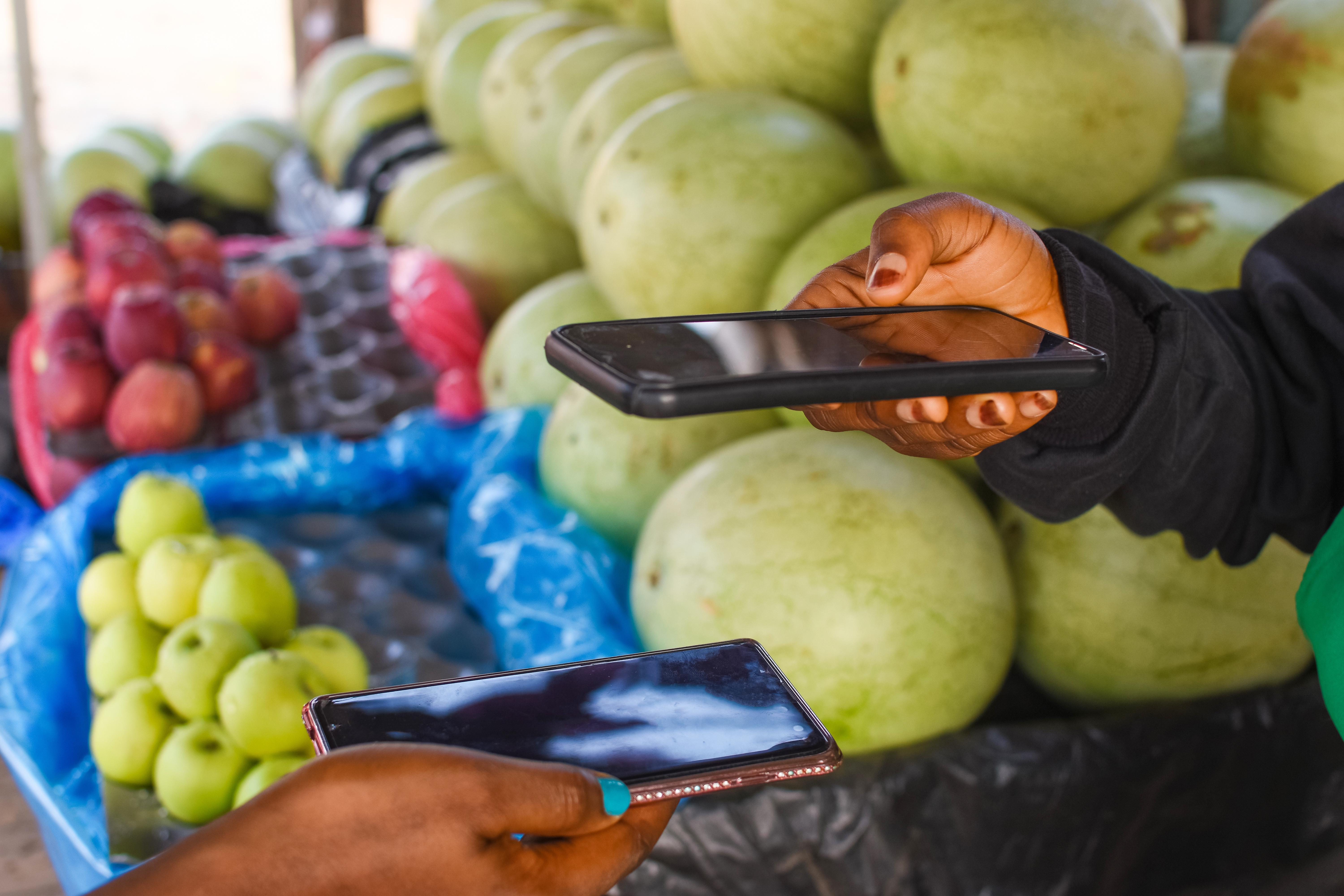India’s shift towards direct benefit transfers (DBTs) is on the fast track. According to official statements, in the 2015-16 fiscal year the central government deposited nearly $5 billion of subsidy and welfare payments directly into the bank accounts of 300 million beneficiaries. It has also set an ambitious target to transfer all payments to the Aadhaar-based biometric DBT platform by the end of 2017. This will surely be the greatest subsidy reform in the world, but we need more data to accurately evaluate its impact.
The benefits of DBT have been a matter of debate ever since the Modi government made it a key policy priority. While official estimates have put the savings from eliminating ghosts and duplicate beneficiaries for the LPG cooking gas subsidy at $2 billion, others have called the savings into question and have argued that the figure is much lower. The government has also rolled out Aadhaar-based DBT to pay wages for India’s rural employment guarantee scheme and to pay social pensions to reduce corruption and leakage.
Critics, however, argue that failure to authenticate is resulting in exclusion of the poor from the very welfare schemes that are supposed to serve them. The debate on Aadhaar has therefore moved on from the challenges of large-scale biometric enrollment to the application of the technology in the field. Concern over the possible exclusion of genuine beneficiaries from government subsidies and welfare payments appears to be taking precedence over misgivings on privacy.
But in the absence of reliable and regular data, the discourse is being shaped by anecdotal rather than systematic evidence. Putting such information in the public domain would help ascertain both the actual savings from DBT and other reforms and the effectiveness of using biometric technology to serve the poor.
One step forward would be to provide more process data and better analysis on implementation. Regarding the critics’ concern that bona fide beneficiaries are being excluded due to failure to authenticate at the point of payment (a claim that the government denies), our preliminary calculations from publicly available data from NREGA wage payments in Andhra Pradesh suggest that the authentication success rate for individual fingerprint attempts is only 83 percent but that repeated attempts increase this to 98 percent for individuals. As the use of Aadhaar for authentication expands, data on it success ratio should be published for each state and sector along with clear and comprehensive analysis of the numbers. Even the most detailed records do not, however, resolve the core issue of low quality impressions from persons engaged in manual labour and the possibility of exclusion from benefits. As we have argued in this recent CDG blog post, greater reliability and falling price makes it possible for India to shift towards iris authentication for Aadhaar-based DBT. Including an iris option would greatly reduce the authentication problem going forward.
Another useful step would be to set out clear counterfactuals. The ex-post gains from the Aadhaar-based DBTs are less useful indicators than the efficiency gains from moving to market prices and directly transferring the compensating subsidies to beneficiaries. Energy prices are very volatile; should they spike back up in a few years, countries with better methods of managing subsidies will be able to cope more effectively. This potential long-term benefit of energy subsidy reform through DBT is being missed in the current discourse, including debate on the recent report of the Comptroller and Auditor General of India.
The rollout of DBT to other sectors faces its own unique implementation challenges. Relying on the savings from the LPG reform as an encouragement to implement Aadhaar-based DBT across all sectors hides important differences in the political economy as the reform moves forward. Although complex in design, DBT for LPG was relatively easy to implement since the cooking gas subsidies are exclusively in the central government’s domain. As DBT is extended to other sectors such as food, fertilizer, and electricity, coordination among central ministries and between the central and state governments will be an important challenge. It will become even more important to release process level data, including beneficiary surveys, into the public domain in order to share lessons. Otherwise official pronouncements will be treated with scepticism and anecdotes will prevail over evidence.
As Aadhaar-based DBT marches into new and more complex territories of subsidy reform, the Unique ID Authority of India needs to systematically monitor the implementation of programs and make high quality data available for independent review and analysis. Only then will it be possible to fully judge its success, as an example for other countries to follow.
Disclaimer
CGD blog posts reflect the views of the authors, drawing on prior research and experience in their areas of expertise. CGD is a nonpartisan, independent organization and does not take institutional positions.





